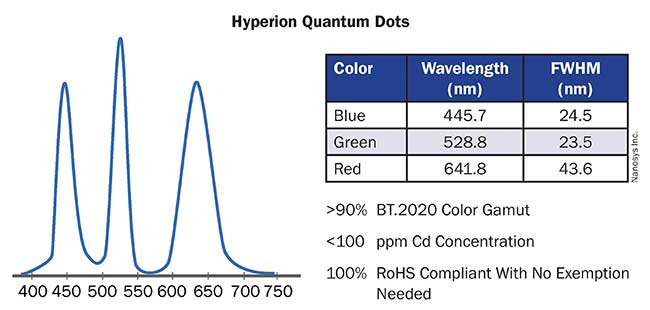Today’s optical pioneers are precise, creative and determined to bring to market the next generation of effective and efficient materials.
 From silicon photonics and quantum dots to metamaterials and carbon nanotubes, innovative materials promise a faster, brighter and more integrated future. While some materials have already enjoyed a measure of commercial success, for others, the future promises anything from niche applications right up to market disruption and displacement of existing technologies.
With the rise of high-performance digital systems and the expansion of internet traffic, the exigency for advances in optical materials is growing. At Intel, serious work is underway to introduce silicon photonics to remove networking bottlenecks, eventually replacing copper wires and interfaces with optical fibers.
“The predicted growing need for optical interconnections in applications like optical waveguides, optical data storage, holographic parameters and recording materials, and laser crystals is leading to extensive research being undertaken in the field,” said Rakesh Singh, assistant manager of semiconductors at Allied Market Research, a market report specialist based in Portland, Ore. “The pioneering research in the parallel optical interconnections for cloud computing such as data transfer between backplanes, boards and chips, as well as within the chip, is the latest advancement in optical material.”
From silicon photonics and quantum dots to metamaterials and carbon nanotubes, innovative materials promise a faster, brighter and more integrated future. While some materials have already enjoyed a measure of commercial success, for others, the future promises anything from niche applications right up to market disruption and displacement of existing technologies.
With the rise of high-performance digital systems and the expansion of internet traffic, the exigency for advances in optical materials is growing. At Intel, serious work is underway to introduce silicon photonics to remove networking bottlenecks, eventually replacing copper wires and interfaces with optical fibers.
“The predicted growing need for optical interconnections in applications like optical waveguides, optical data storage, holographic parameters and recording materials, and laser crystals is leading to extensive research being undertaken in the field,” said Rakesh Singh, assistant manager of semiconductors at Allied Market Research, a market report specialist based in Portland, Ore. “The pioneering research in the parallel optical interconnections for cloud computing such as data transfer between backplanes, boards and chips, as well as within the chip, is the latest advancement in optical material.”
Member Exclusive: To read the complete article, please Login or Register